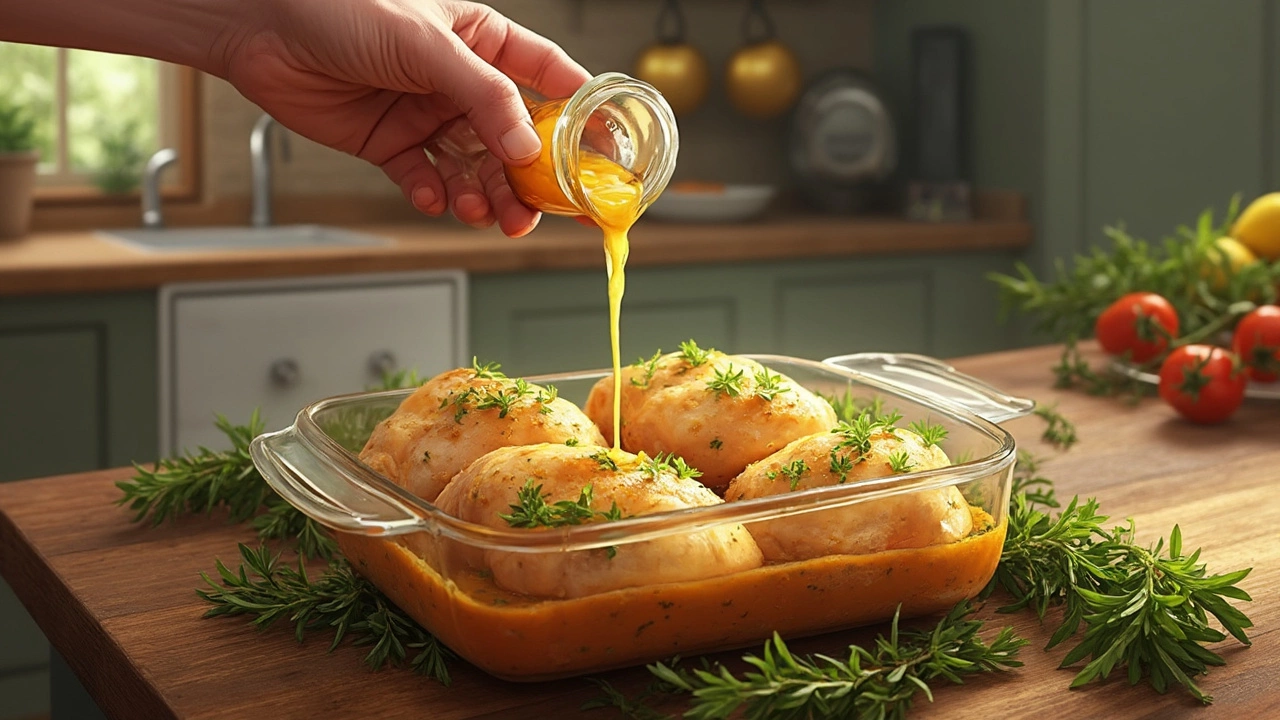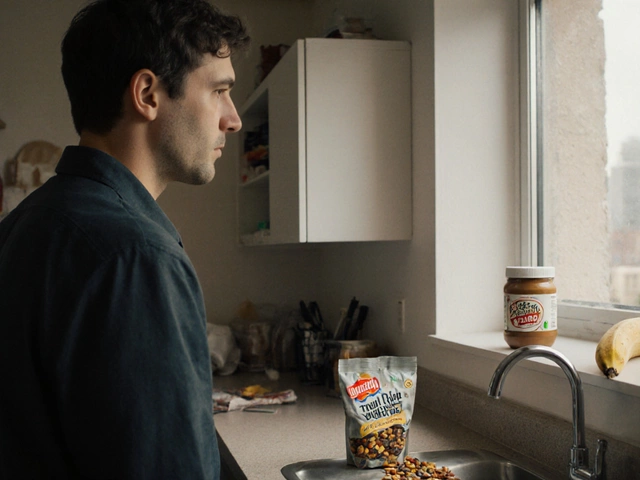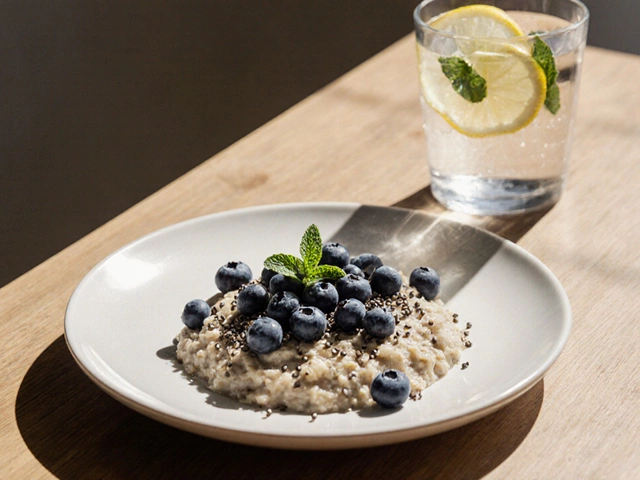Moist Chicken Tips: Simple Tricks for Juicy, Tender Chicken
Ever cut into a chicken breast and find it dry? It happens to everyone, but fixing it is easier than you think. A few basic steps—like adding moisture before cooking, watching the heat, and letting the meat rest—can turn a bland bite into a mouth‑watering one. Below are the most practical tips you can start using right now, no fancy equipment required.
1. Add Moisture Before You Cook
One of the fastest ways to lock in juice is to wet‑work the chicken before it hits the pan. Brining is the classic method: dissolve 1 tablespoon of salt in 2 cups of water, submerge the chicken for 15‑30 minutes, then rinse and pat dry. If you’re short on time, a quick soak in buttermilk or plain yogurt for 20 minutes does the same job. The acidity in those dairy products breaks down protein fibers, so the meat stays soft and moist.
2. Cook at the Right Temperature
High heat can scorch the outside while leaving the inside dry. For boneless pieces, start with a hot skillet for 2 minutes to get a nice sear, then lower the heat or move the pan to a pre‑heated oven at 350°F (180°C) to finish. If you prefer a slow cooker, place the chicken on a bed of broth or sauce and set the cooker to low for 4‑6 hours. The gentle heat keeps the fibers from tightening up, which means more juice stays inside.
Don’t forget to use a meat thermometer. Chicken is done at 165°F (74°C) inside. Pulling it out a few degrees early and letting it rest for 5‑10 minutes lets the heat finish the job while the juices redistribute.
3. Use the Right Seasonings and Sauces
Seasonings that contain a little fat or sugar help trap moisture. A dab of butter on top while the chicken rests adds flavor and a thin coating that slows evaporation. A quick glaze of honey, soy sauce, or mustard during the last few minutes of cooking creates a sticky barrier that locks in liquid. Even a splash of lemon juice or vinegar after cooking brightens the flavor without drying the meat.
When you’re cooking on a grill, keep a spray bottle of water handy. Light misting over the meat every few minutes prevents the surface from getting too dry, especially in hot weather.
4. Let It Rest Before Cutting
Resting is often overlooked, but it’s a game‑changer. As the chicken cools, the fibers relax and re‑absorb any escaped juices. Cover the piece loosely with foil and wait 5 minutes for a breast, 10 minutes for a whole bird. Cutting too early squeezes the meat, sending the precious liquid back onto the plate.
Try slicing against the grain, too. That shortens the muscle fibers and makes each bite feel softer.
With these four easy steps—pre‑moistening, proper heat, smart seasoning, and resting—you’ll notice a big difference in every chicken dish. No matter if you’re making a quick stir‑fry, a family‑size roast, or a slow‑cooker curry, the same principles apply. Give them a try and say goodbye to dry chicken for good.

What Do You Soak Chicken In to Keep It Moist?
by Landon Weathers / 4 Apr 2025Keeping chicken moist is a common culinary challenge. Discover the secrets to perfectly juicy chicken by soaking it in flavorful liquids. Explore various soaking methods that enhance taste and tenderness, making your chicken dishes a hit every time.



